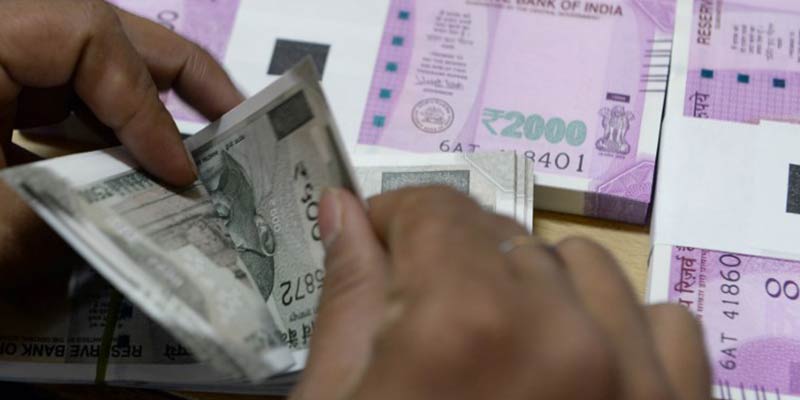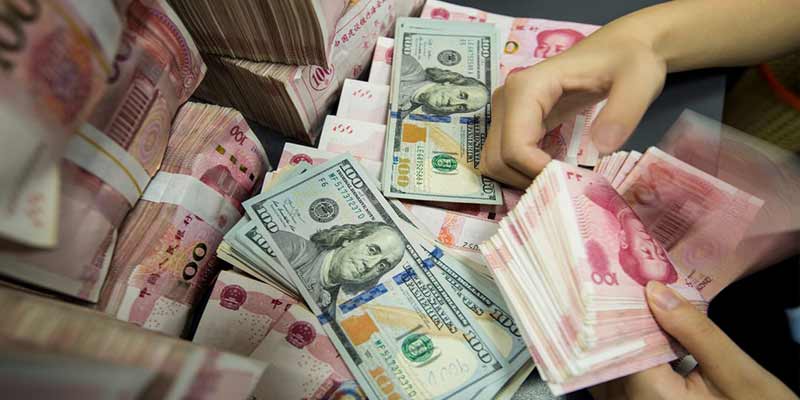- India
- Nov 19
India receives $87 billion in remittances in 2021
• India continues to be the world’s largest recipient of remittances and received $87 billion in 2021, according to estimates from the World Bank’s Migration and Development Brief.
• India experienced a substantial 4.6 per cent gain in remittance inflows during 2021, as higher oil prices enabled stronger remittance payments from expatriate workers among the GCC economies, and the dramatic spread of COVID-19 yielded additional financial support from the diaspora.
• India is followed by China, Mexico, the Philippines and Egypt.
• The United States was the largest source country for remittances in 2020, followed by the United Arab Emirates, Saudi Arabia, and Switzerland.
• As a share of gross domestic product, the top five remittance recipients in 2021 were smaller economies: Tonga, Lebanon, the Kyrgyz Republic, Tajikistan and Honduras.
• Remittances to low and middle-income countries are projected to have grown a strong 7.3 per cent to reach $589 billion in 2021.
• The recovery in 2021 follows the resilience of flows seen in 2020, when remittances recorded only a modest 1.7 per cent decline to $549 billion, in the face of one of the deepest recorded global recessions.
• This Migration and Development Brief provides updates on global trends in migration and remittances. It highlights developments related to migration-related Sustainable Development Goal (SDG) indicators for which the World Bank is a custodian: increasing the volume of remittances as a percentage of gross domestic product (SDG indicator 17.3.2) and reducing remittance costs.
What are remittances?
• The money workers send home to their families from abroad has become a critical part of many economies around the world. These money transfers are called remittances. They have been growing rapidly in the past few years and now represent the largest source of foreign income for many developing economies.
• Remittances have become an important consumption smoothing mechanism for the recipient households and, as such, they form an increasingly important (private) element of global social protection systems.
• Remittances now stand more than threefold above official development assistance and, excluding China, more than 50 per cent higher than foreign direct investment (FDI). This underscores the importance of remittance flows in smoothing consumption in recipient countries during periods of economic hardship.
• According to the United Nations Department for Economic and Social Affairs (UNDESA), the worldwide number of international migrants (including refugees) was estimated at 281 million in 2020. The top host countries for migrants are the United States (51 million), Germany (16 million), Saudi Arabia (13 million), Russia (12 million), the United Kingdom (9 million), the United Arab Emirates (9 million), France (9 million), Canada (8 million), Australia (8 million), and Spain (7 million).
Key points on remittances to India:
• India has been the largest recipient of remittances since 2008.
• India had received over $83 billion in remittances in 2020.
• The recovery in remittances is estimated to have reversed the flat trend of 2020 and advanced by 4.6 per cent in 2021, reaching $87 billion.
Two factors were particularly instrumental:
1) The tight nexus between energy prices and remittances from the GCC, especially during Q3 2020.
2) The economic recovery in the United States, which is the source of almost 20 per cent of India’s remittances.
• India is once again the top recipient of remittances globally although in comparison to its economy, the share of remittances was only 3 per cent of GDP.
• In India, remittances are projected to grow 3 per cent in 2022 to $89.6 billion, reflecting a drop in overall migrant stock, as a large proportion of returnees from the Gulf countries await return.
Manorama Yearbook app is now available on Google Play Store and iOS App Store


